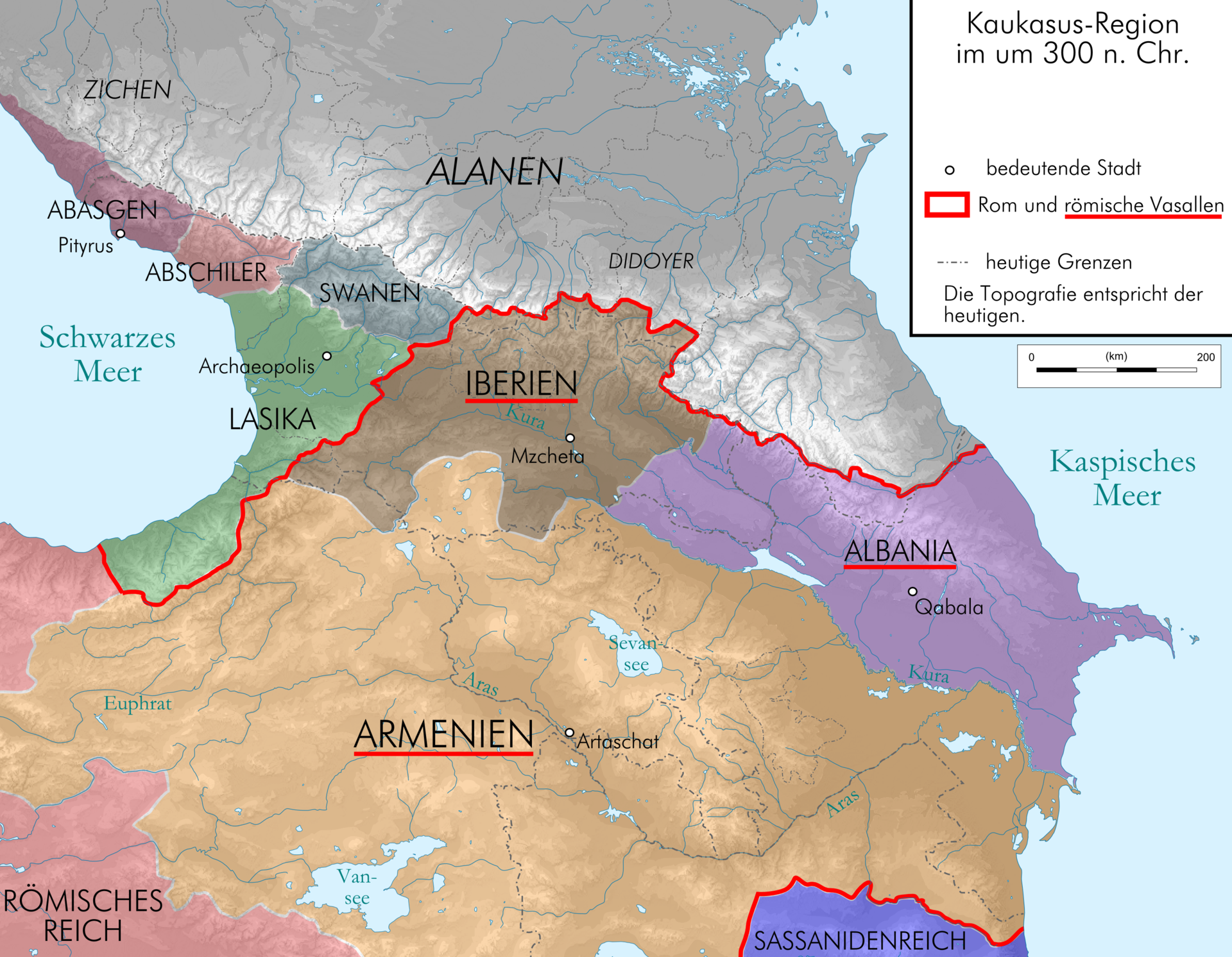The most eastern Roman inscription ever found:
— Gareth Harney (@OptimoPrincipi) July 25, 2023
In the late first century AD, the centurion Lucius Julius Maximus of the Twelfth 'Thunderbolt' Legion carved this inscription into a rock near what is today Baku, Azerbaijan. Lucius and his Legio XII Fulminata had apparently been… pic.twitter.com/eZ9v0gNMkA
Albania (not the current country on the Adriatic, but an ancient nation on the southwest shore of the Caspian Sea) was a client state of Rome, off and on, for many centuries, from Pompey's expedition in 65 BC to the reign of the Emperor Heraclius in the first half of the seventh century AD.
The inscription reads:
'(In the reign of) Emperor Domitian Caesar Augustus Germanicus, Lucius Julius Maximus, centurion of the Legio XII Fulminata (carved this).'
The reference is to Domitian who was emperor from 81-96 AD.
It is possible that the town of Ramana, a little north of Baku and just a few miles from the Caspian, may have been founded by the Roman legions and derives its name from Romana. It was noted in 1903 that older inhabitants referred to the place as Romani.
Legio XII Fulimata was created by Julius Caesar in 58 BC as part of his campaign to conquer Gaul. It was transferred to the East around 40 BC where it participated in Marc Antony's campaigns against the Parthians. The legion was defeated at the outbreak of the First Jewish-Roman War in 66 AD at Beth Horon, near Jerusalem. It served the rest of its existence on the Eastern Frontier where the last mention of the unit is around 400 AD, stationed at Melitene, in modern Turkey, along the Euphrates River.
On the map below, Baku and Ramana are on the peninsula on the eastern side of Albania.
 Though this is the easternmost Roman inscription found, Roman soldiers involuntarily found themselves further east. Thousands of Roman captives from Crassus' army at Carrhae in 53 BC and those surrendered along with the Emperor Valerian in 260 AD, were transported much further east by the Parthians and later the Sassanians to work on construction projects. It is also possible some served in garrisons on the far east frontiers in Central Asia and there are tales (and controversial archaeological and genetic findings) of Roman soldiers ending up within the empire of China, protecting towns in the deserts of what is now Xinjiang.
Though this is the easternmost Roman inscription found, Roman soldiers involuntarily found themselves further east. Thousands of Roman captives from Crassus' army at Carrhae in 53 BC and those surrendered along with the Emperor Valerian in 260 AD, were transported much further east by the Parthians and later the Sassanians to work on construction projects. It is also possible some served in garrisons on the far east frontiers in Central Asia and there are tales (and controversial archaeological and genetic findings) of Roman soldiers ending up within the empire of China, protecting towns in the deserts of what is now Xinjiang.
No comments:
Post a Comment